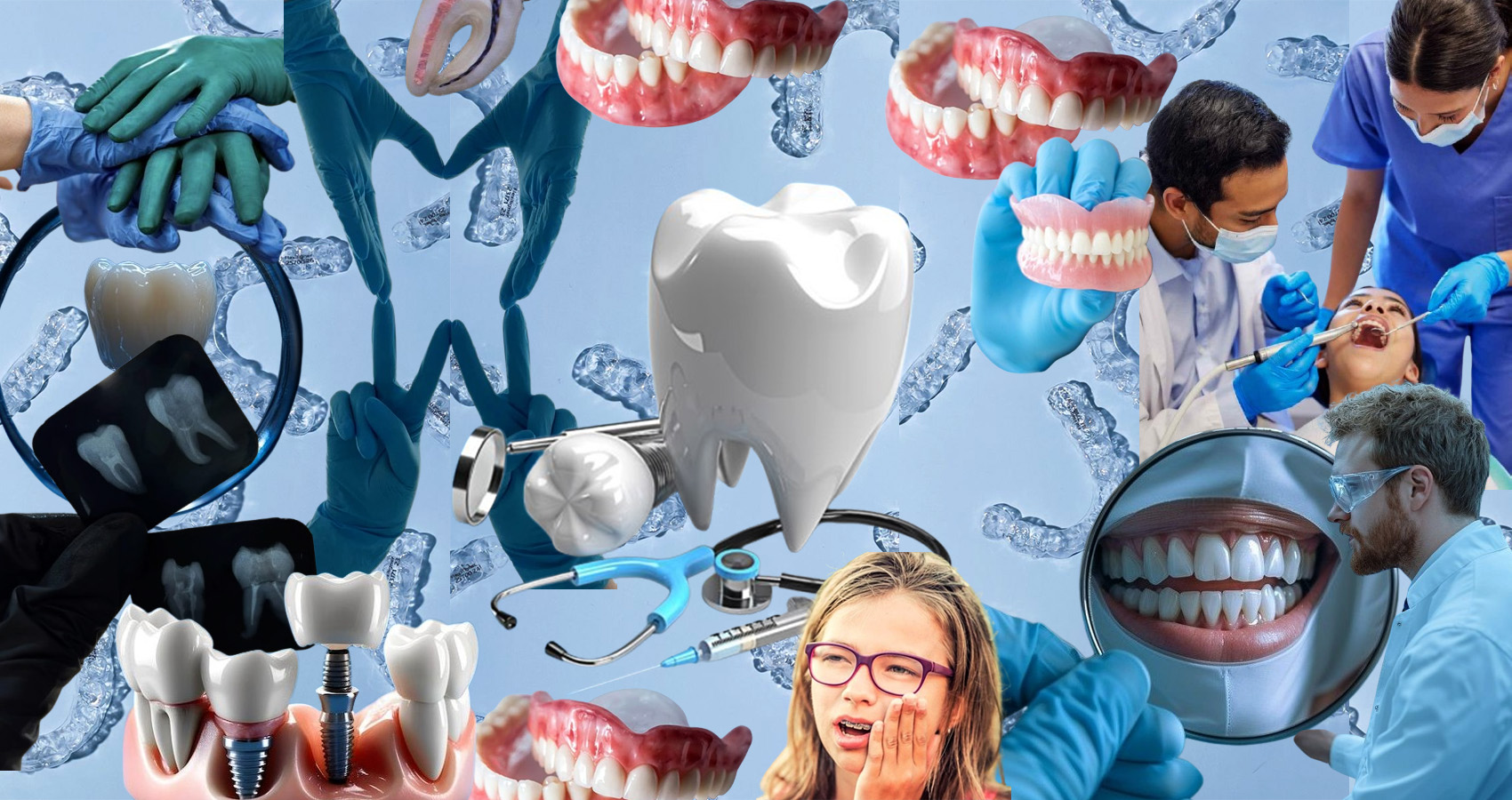
Top X Common Dental Emergencies And How To Handle Them
Quick actions can save your smile—be prepared!
Dental emergencies include a sudden toothache, a knocked-out tooth, or a broken crown. Knowing how to manage these emergencies can make all the difference in saving your smile. Dental emergencies are often painful and stressful, but with the right knowledge, you can take immediate action to minimize damage and discomfort. In this article, we’ll explore the top 10 common dental emergencies, how to handle them effectively, and answer some frequently asked questions to help you stay prepared.
Key Takeaways
- Act quickly for knocked-out teeth: Reinsert or store in milk and see a dentist within 30 minutes.
- Rinse with saltwater for toothaches or abscesses to reduce pain and swelling before seeking emergency care.
- Save broken teeth or lost fillings and avoid chewing on the affected side until you visit a dentist.
- Prevent dental emergencies by wearing mouthguards, avoiding hard foods, and maintaining regular dental check-ups.
1. Knocked-Out or Avulsed Teeth
Dental injuries such as tooth fractures or broken teeth can expose nerves, causing intense pain. Sports injury, accident, or fall can cause dental trauma, which can also damage the periodontal ligament fibers and blood vessels, so prompt treatment is essential to save the tooth.
If you act quickly, the tooth can be reimplanted. Hold the dirty tooth from the crown (top part), not the root. Don't remove or scrub any tissue fragments. Reinsert the tooth into its socket if possible. Hold it in place with gentle pressure. If reinsertion isn’t possible, store the knocked out tooth in milk or a saline solution. Immediate intervention from a dentist is a must within 30 minutes.
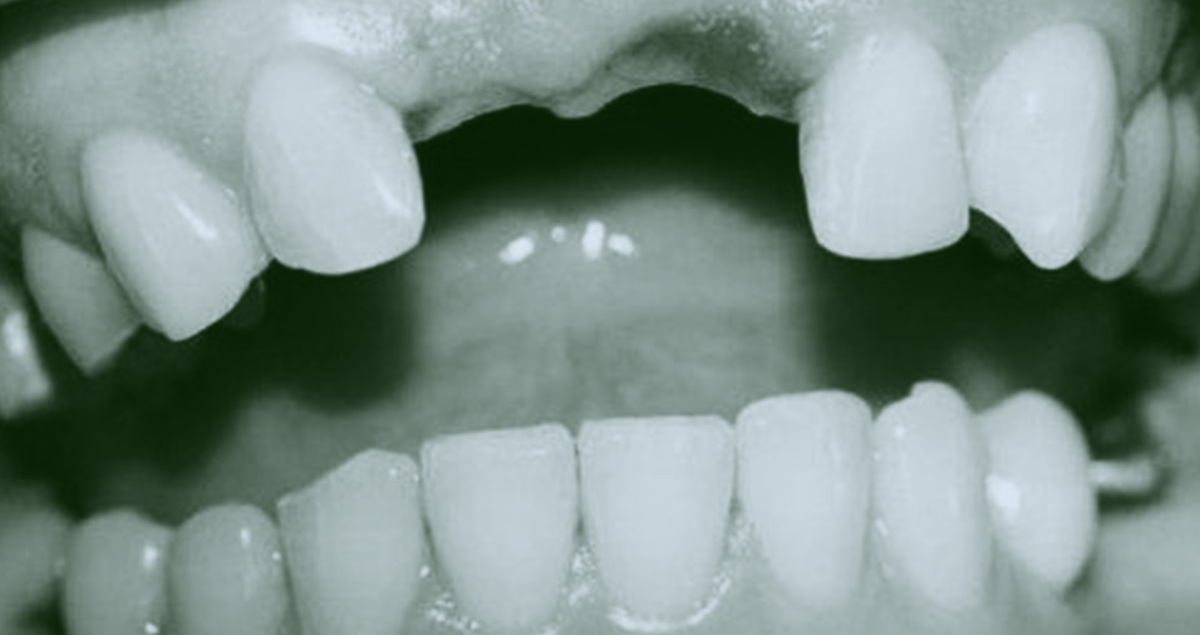
2. Severe Toothache
Severe toothaches or tooth pain can result from tooth decay, dental abscesses, or periodontal disease. If the pain is throbbing and persistent, it may indicate a bacterial infection that requires immediate attention.
Rinse with warm saltwater to reduce discomfort and draw out pus. Avoid placing cotton balls or painkillers directly on the gums, as this can cause burns. Seek emergency treatment from a dentist, who may recommend root canal treatment or antibiotics to address the infection.

3. Cracked or Broken Tooth
A cracked or broken tooth can occur from biting down on something hard, trauma, or even grinding your teeth. Depending on the severity, it can expose the nerves and cause significant pain.
Save any broken pieces if possible, and avoid chewing on the affected side. Cover sharp edges with dental wax to protect your tongue and cheeks. Visit a dentist immediately to assess the damage and determine the best treatment, such as bonding, a crown, or a root canal.
4. Lost Filling or Crown
When fillings of crowns fall out or break, the affected tooth suffers further damage and sensitivity. To treat it, save the crown or filling if possible and clean it gently. You can temporarily reattach the crown using dental cement or toothpaste, but avoid using super glue.
For a lost filling, you can use dental wax or sugarless gum to cover the cavity temporarily. Schedule an appointment with your dentist as soon as possible to replace the filling or crown and prevent further damage.
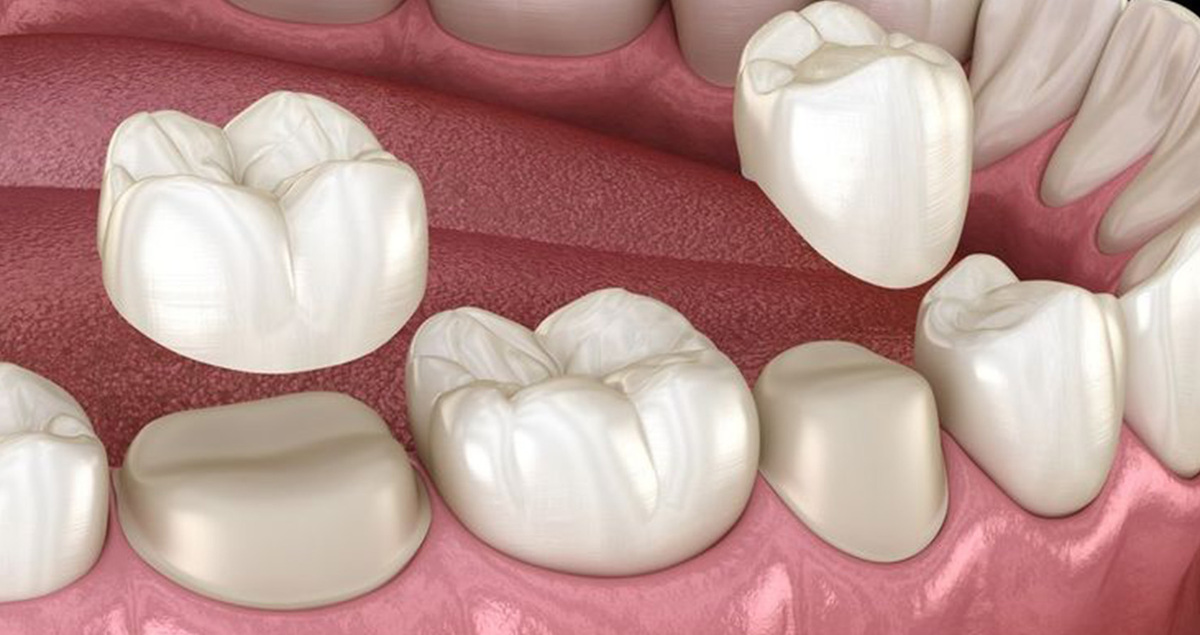
5. Abscessed Tooth
A dental abscess or periodontal abscess is a painful infection that can spread to the gum tissues, facial bones, or even other parts of the body if left untreated.
Symptoms include swelling, fever, bad breath, and a bad taste in the mouth. To reduce swelling, rinse with saltwater and apply a cold compress.
Visit an oral surgeon or dentist immediately for drainage and antibiotics. In severe cases, root canal treatment or extraction may be necessary.
6. Soft Tissue Injuries
Injuries to the gums, tongue, or cheeks can result in bleeding and pain. These injuries often occur from accidental bites, sports injuries, or sharp foods. To treat them, rinse your mouth with a saltwater solution to clean the area and apply gentle pressure. Use a clean cloth or gauze to halt bleeding.
Use a cold compress to reduce swelling and pain. If the bleeding doesn’t stop or the injury is severe, seek medical attention. For minor injuries, maintain good oral hygiene to prevent infection.
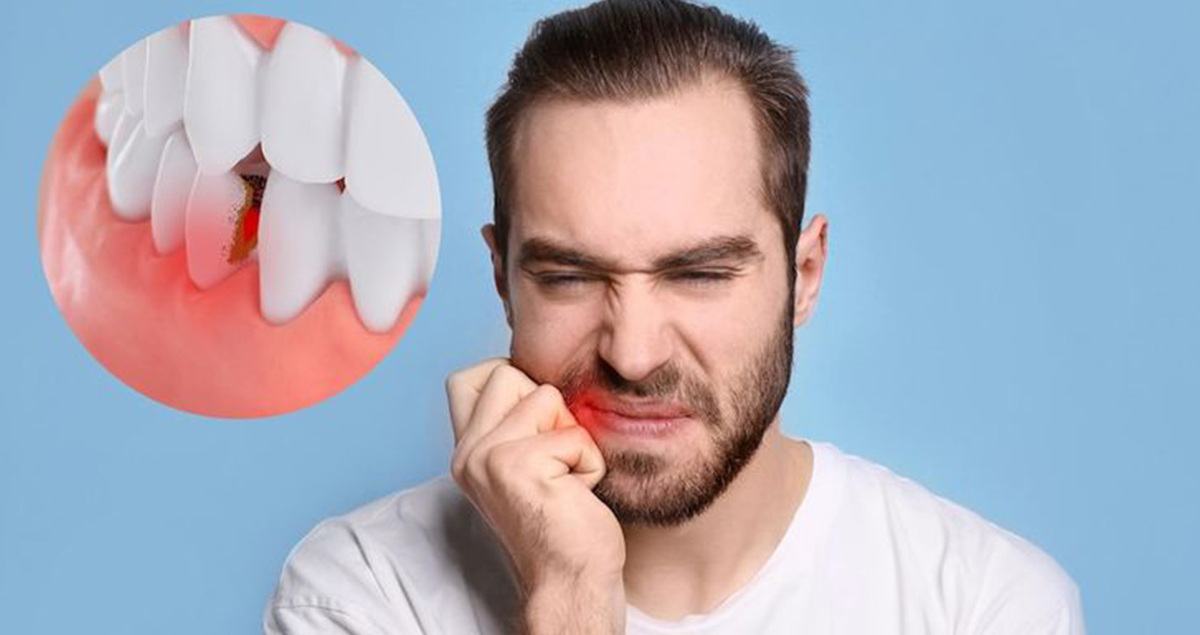
7. Broken Braces or Wires
Orthodontic emergencies include broken wires or brackets, which can cause injury to the gums or cheeks. This requires immediate dentist's attention to prevent further damage.
Cover sharp edges with orthodontic wax or a small piece of cotton. Avoid cutting the wire yourself, as this can lead to swallowing or further injury. Contact your orthodontist as soon as possible to repair the braces.
8. Object Stuck Between Teeth
Food particles or objects can get stuck between your teeth. It causes pain and irritation. If removed improperly, it can lead to gum damage or infection. To treat it, try gently flossing around the area to dislodge the object.
Avoid using sharp objects like pins or needles, as these can damage your gums or teeth. If flossing doesn’t work, rinse your mouth with warm water and see your dentist for professional removal.

9. Jaw Injuries and Alveolar Fractures
Jaw pain or a suspected broken jaw can result from trauma, grinding your teeth, or conditions like TMJ disorder. This can make it difficult to eat or speak. To treat it, apply a cold compress to reduce swelling and pain.
Avoid moving your jaw as much as possible and stick to soft foods. Over-the-counter pain relievers can help manage discomfort. If you suspect a broken jaw or the pain is severe, seek immediate medical attention for proper diagnosis and treatment.
10. Post-Extraction Complications
After a tooth extraction, complications like dry socket (when the blood clot dislodges) or excessive bleeding can occur. These issues require prompt care to prevent infection and promote healing. To treat dry socket, rinse your mouth gently with a saltwater solution and avoid smoking or using straws, as suction can worsen the condition.
For bleeding, bite down on a gauze pad or tea bag for 30-45 minutes to encourage clotting. If symptoms persist, contact your dentist for further treatment, which may include medicated dressings or additional care.
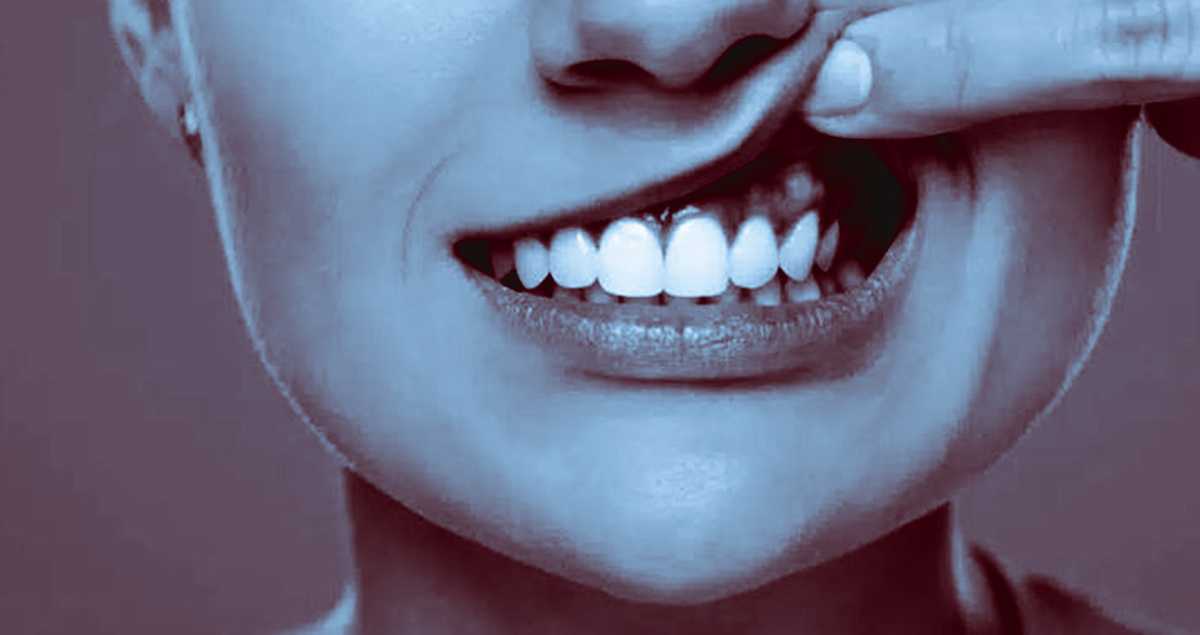
How Dentists Treat Dental Emergencies
For severe toothaches, the dentist begins by examining the affected tooth and surrounding area, often using X-rays to identify the cause, which could be decay, infection, or gum disease. Pain relief is provided through medications, and restorative treatments like fillings, root canals, or extractions may be necessary.
In cases of gum-related issues, deep cleaning or periodontal treatment might be recommended. Similarly, a knocked-out tooth requires immediate attention. The dentist advises patients to rinse the tooth gently and attempt to reinsert it or store it in milk or saline. Once at the clinic, the tooth is cleaned, reinserted, and stabilized with a splint, with follow-up visits to monitor reattachment. If reimplantation isn’t possible, options like dental implants or bridges are discussed.
Broken or chipped teeth are another common emergency. The dentist assesses the damage using X-rays and physical examination. Minor chips are repaired with bonding or filling material, while larger breaks may require crowns or veneers. A root canal might be needed before placing a crown if the pulp is exposed.
Lost fillings or crowns are also frequent issues, leaving the tooth vulnerable to damage. The dentist cleans the area and replaces the filling or reattaches the crown. If the tooth structure is compromised, additional restorative work, such as a crown or inlay, may be necessary. Abscesses, which are painful infections, require prompt treatment to prevent spreading. The dentist drains the abscess, prescribes antibiotics, and may perform a root canal or extraction if the tooth cannot be saved.
Soft tissue injuries, like cuts to the gums, tongue, or cheeks, are treated by cleaning the area and suturing deep wounds if necessary. Pain management includes over-the-counter pain relievers and antiseptic mouthwash to aid healing. Orthodontic emergencies, like broken braces or wires, are addressed by adjusting or replacing the appliance and using wax to protect the mouth from sharp edges.
In all cases, quick action and professional care are crucial to minimizing pain and preventing further complications. Patients are advised to stay calm, contact their dentist immediately, and handle any dislodged teeth or fragments carefully.
Preventing dental emergencies is possible with proactive measures. Avoid chewing on hard objects, wear a mouthguard during sports, and maintain good oral hygiene to significantly reduce risks. Regular dental check-ups allow dentists to identify and address potential issues early.
While not all emergencies can be avoided, knowing how to respond and seeking timely treatment can make a difference in oral health preservation. By staying informed and taking preventive steps, individuals can protect their smiles and ensure they are prepared to handle dental emergencies effectively.
Follow-up care ensures proper healing and prevent future issues. Schedule an appointment with your dentist as soon as possible, even if the pain subsides, as underlying problems may still exist.
In the meantime, continue brushing gently, flossing, and rinsing with antiseptic mouthwash to keep the area clean. If you experience persistent pain or signs of infection, contact your dentist immediately, as these could indicate complications that require prompt attention.
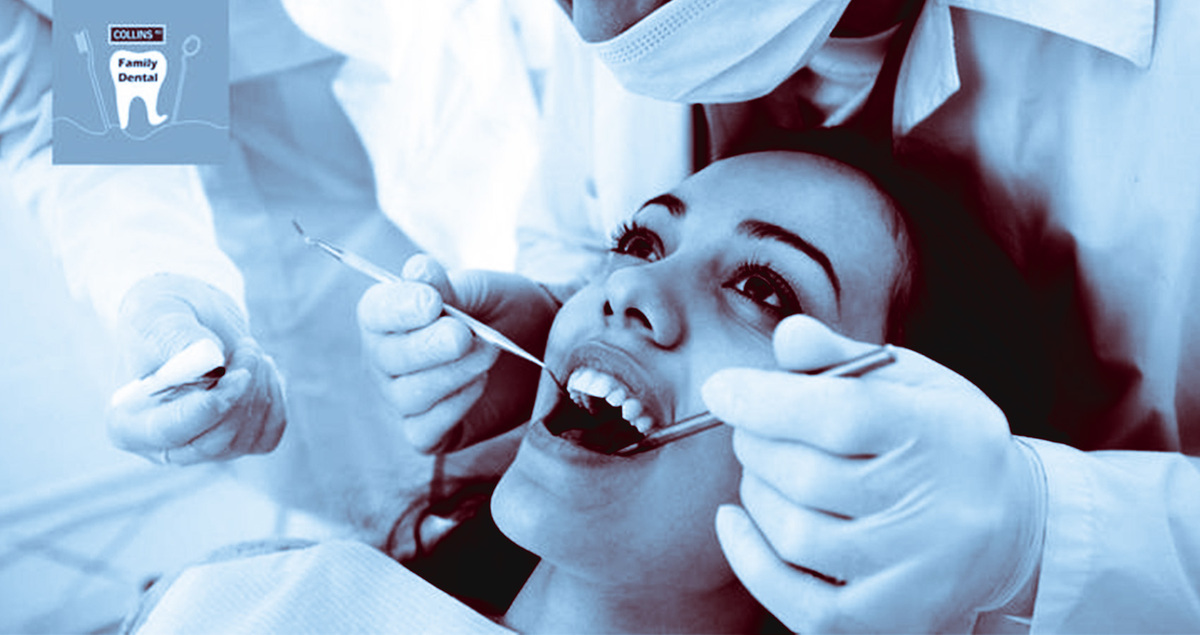
How to Choose a Dentist to Address Dental Emergencies
Dental emergencies involve severe pain, which can be a sign of serious issues such as dental infections, tooth decay, or traumatized teeth. Whether it’s a tooth fracture, broken teeth, or avulsed teeth (completely knocked-out teeth), prompt treatment prevents further damage and preserve your oral health.
Start by looking for a dentist who offers emergency services or has flexible hours, including evenings and weekends, to accommodate urgent situations. Check their credentials and experience, particularly in handling dental emergencies such as knocked-out teeth, abscesses, or broken braces.
Reading online reviews provides insight into their reliability and patient care. Additionally, consider the location of the dental practice—proximity to your home or workplace can be a significant advantage during an emergency.
Finally, assess their communication style and willingness to answer questions, as a dentist who explains procedures clearly and empathetically can help ease anxiety during stressful situations. Choose a dentist who is well-equipped to handle dental emergencies with expertise and care.

Frequently Asked Questions (FAQs)
1. What should I do if I crack or break a tooth?
Save any broken pieces if possible, and avoid chewing on the affected side. Cover sharp edges with dental wax to protect your tongue and cheeks. Visit a dentist immediately to assess the damage and determine the best treatment, such as bonding, a crown, or a root canal.
2. How do I handle a lost filling or crown?
Save the crown or filling if possible and clean it gently. You can temporarily reattach the crown using dental cement or toothpaste, but avoid using super glue. For a lost filling, use dental wax or sugarless gum to cover the cavity temporarily. Schedule an appointment with your dentist as soon as possible.
3. What are the signs of an abscessed tooth?
Symptoms of an abscessed tooth include swelling, fever, and bad breath. Rinse with saltwater to reduce swelling and apply a cold compress. Seek immediate dental care, as an abscess can spread and cause serious complications.
4. What should I do if my braces break or a wire comes loose?
Cover sharp edges with orthodontic wax or a small piece of cotton. Avoid cutting the wire yourself, as this can lead to swallowing or further injury. Contact your orthodontist as soon as possible to repair the braces.
5. How do I manage complications after a tooth extraction?
For dry socket, rinse your mouth gently with a saltwater solution and avoid smoking or using straws. For bleeding, bite down on a gauze pad or tea bag for 30-45 minutes to encourage clotting. If symptoms persist, contact your dentist for further treatment.
6. How do dentists treat dental emergencies?
Dentists use a combination of examinations, X-rays, and treatments such as fillings, root canals, extractions, or antibiotics to address dental emergencies. The specific treatment depends on the type and severity of the emergency.
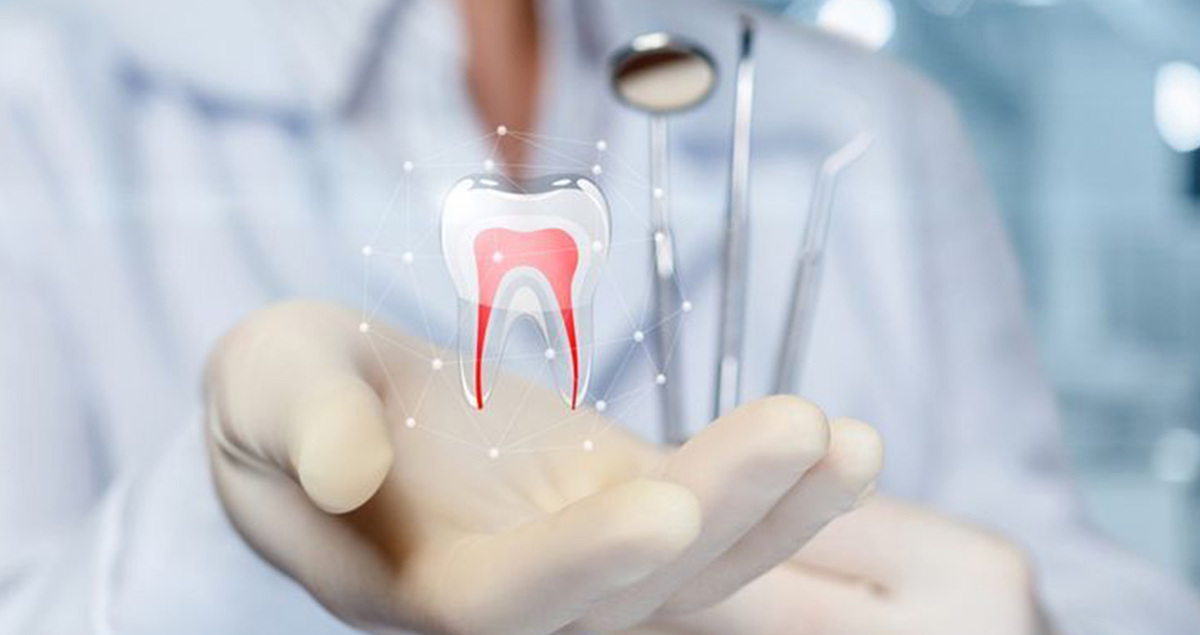
Bottom Line
Dental emergencies, from tooth pain to oral trauma, require quick action to minimize damage and discomfort. Whether it’s a tooth abscess, broken teeth, or orthodontic emergencies, knowing how to handle the situation and seeking emergency care promptly can save your smile. Always keep your dentist’s contact information handy and choose a dental practice equipped to handle emergencies with expertise and care.











